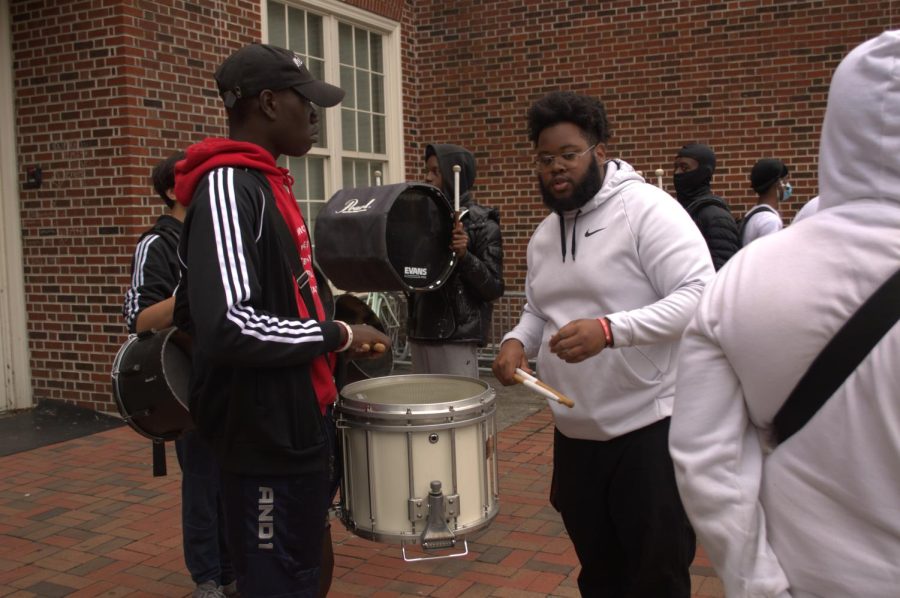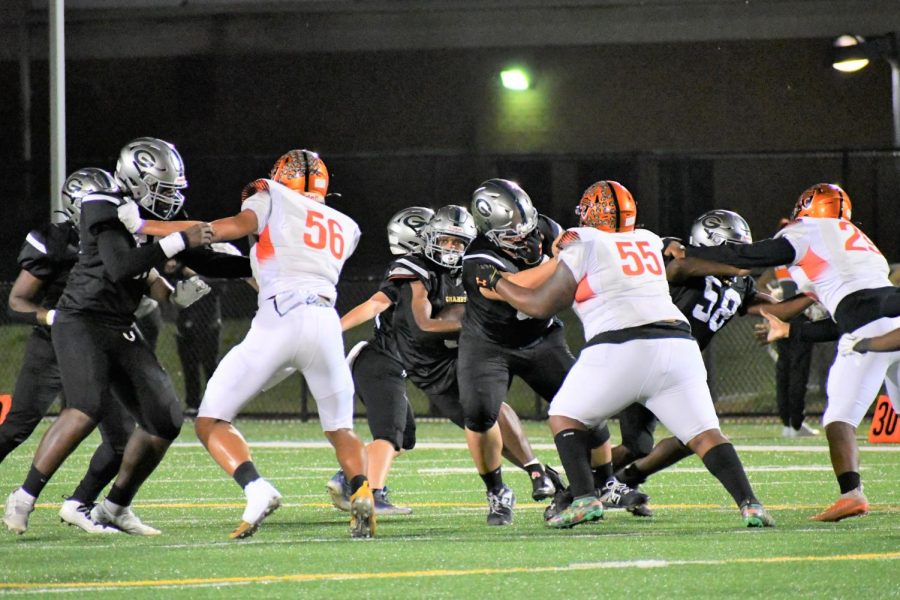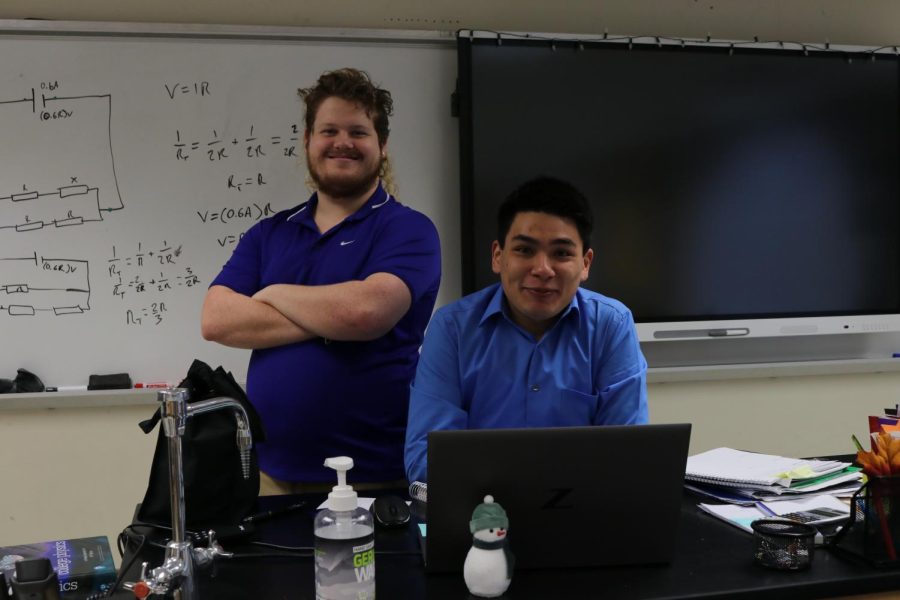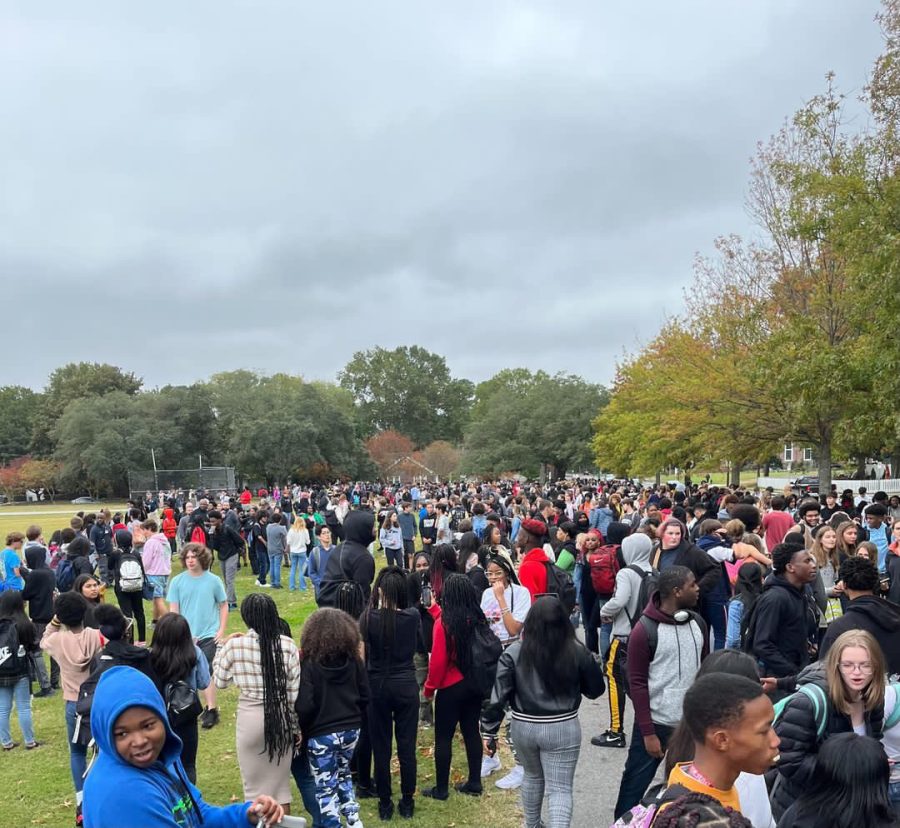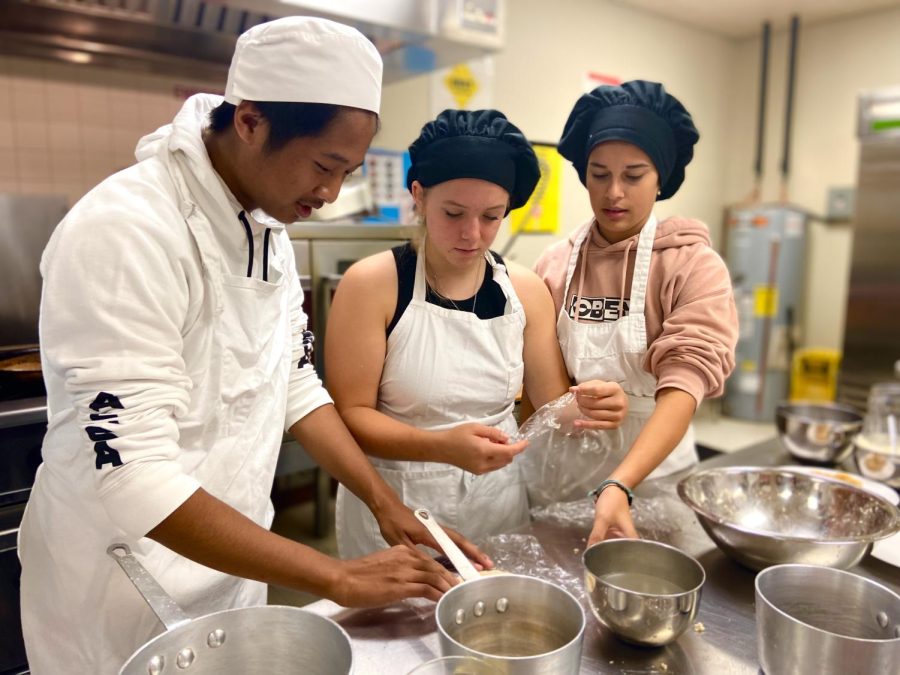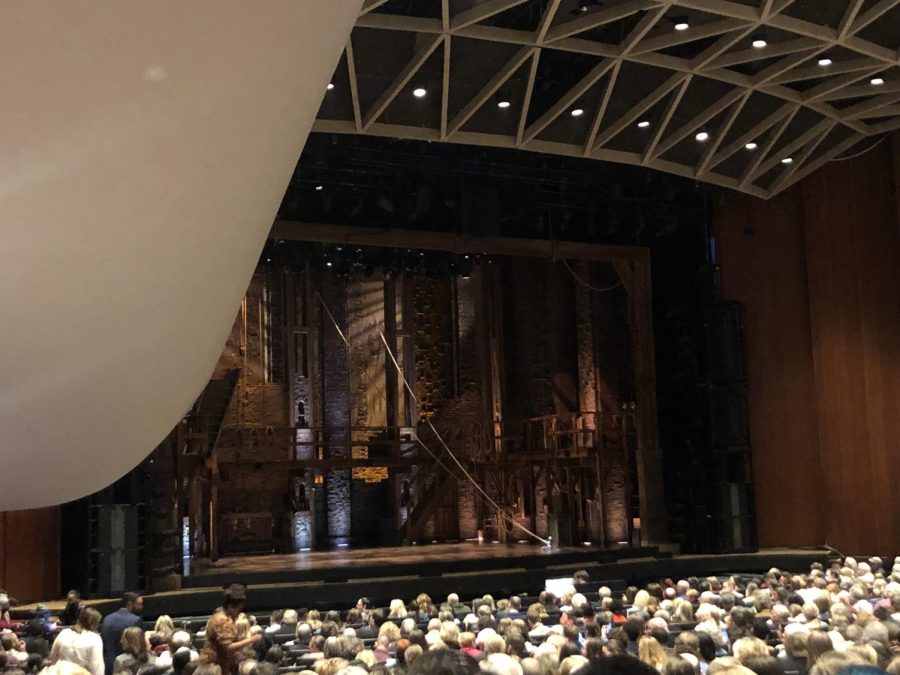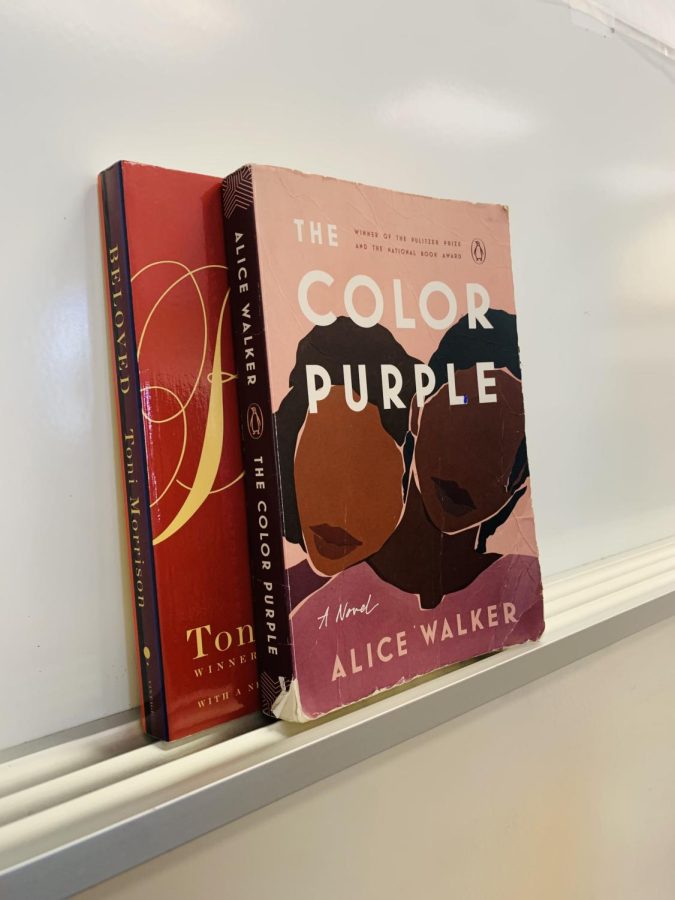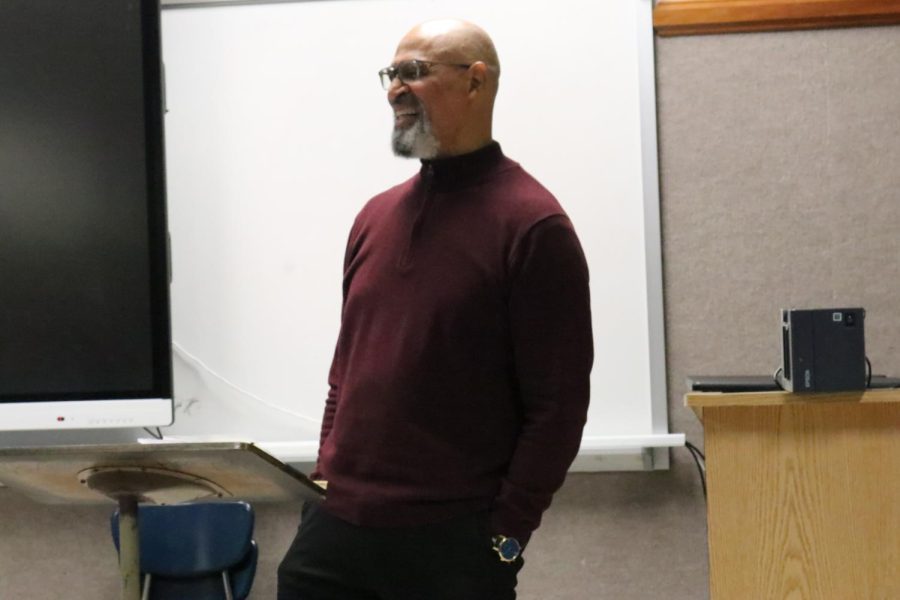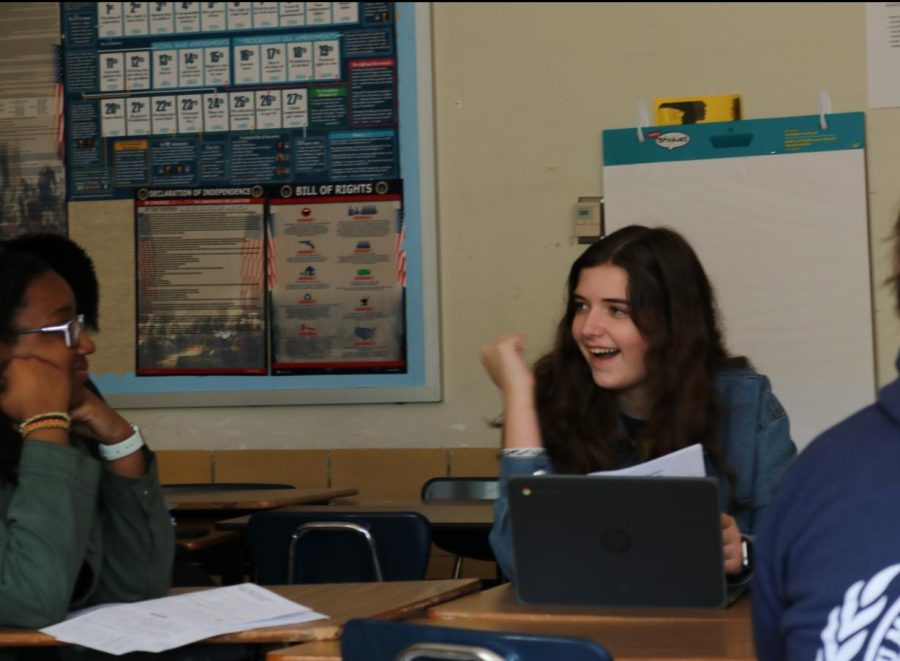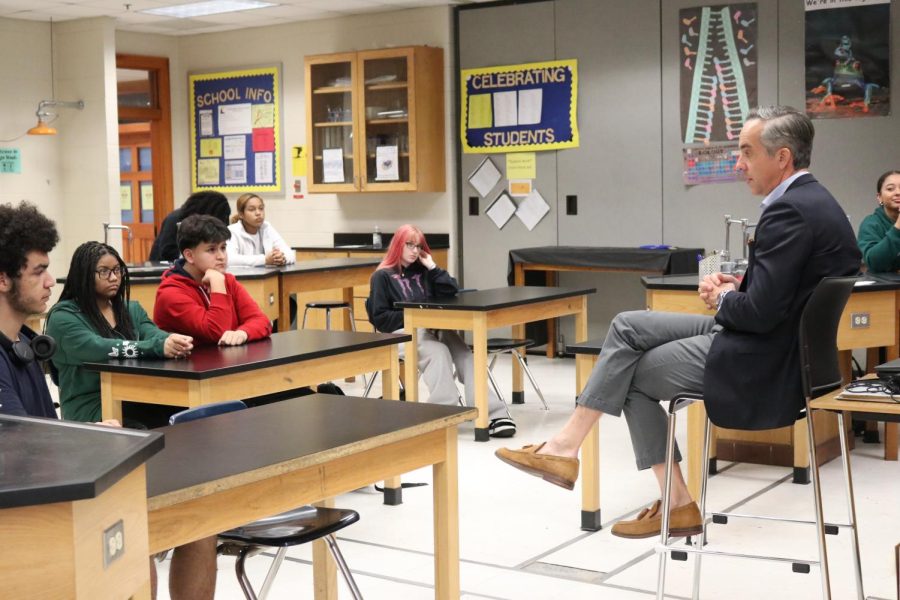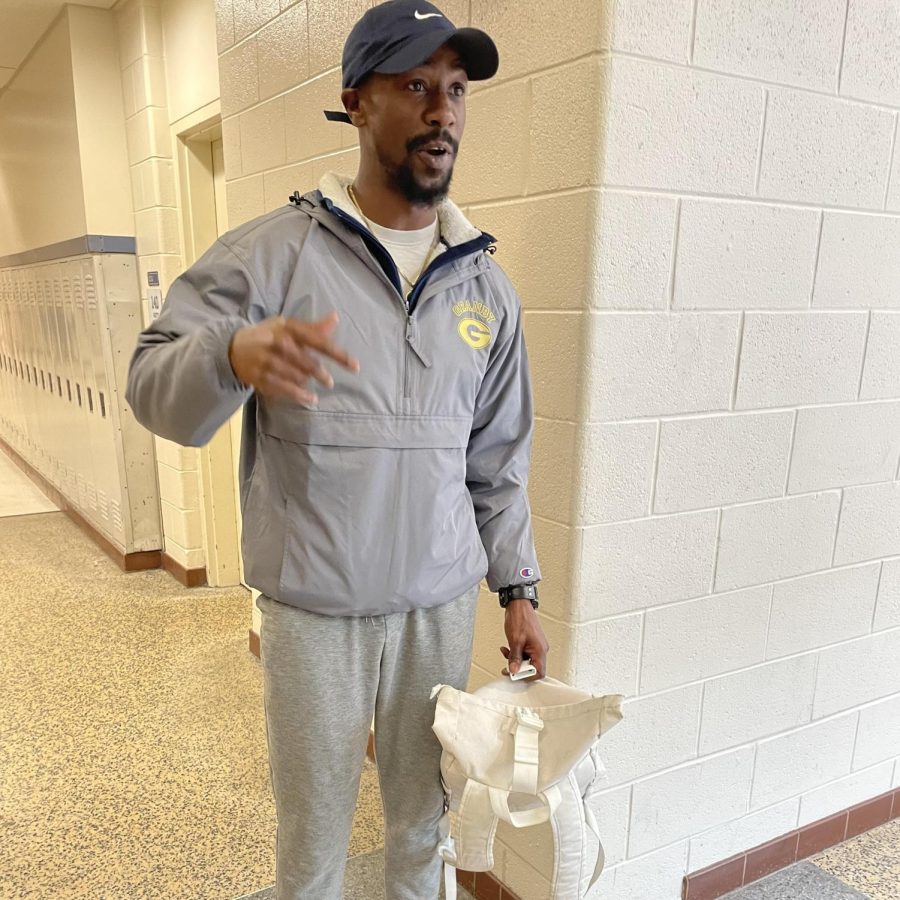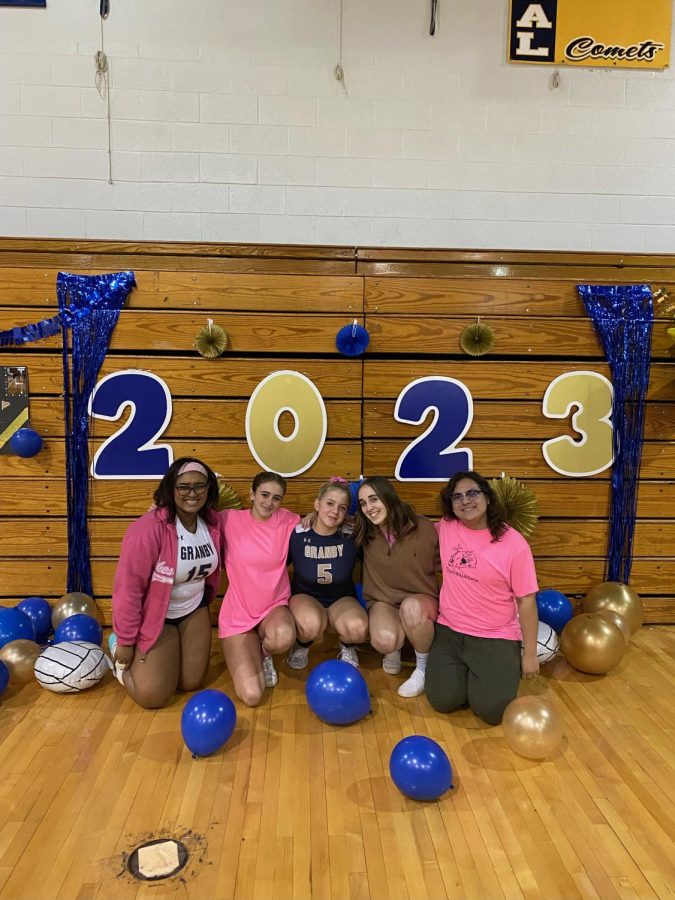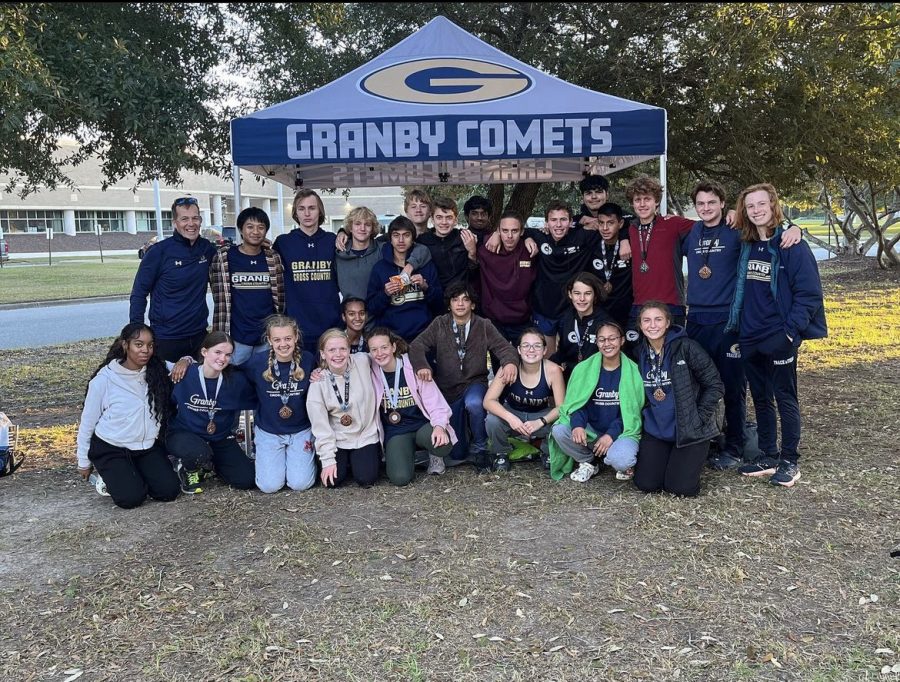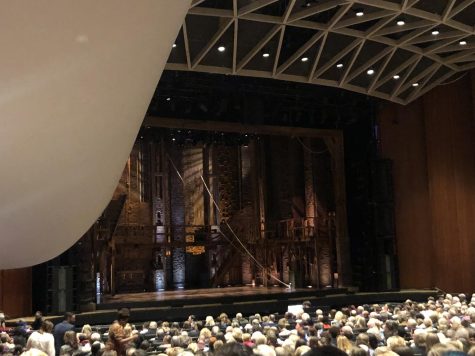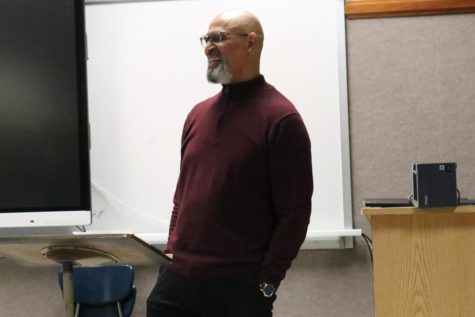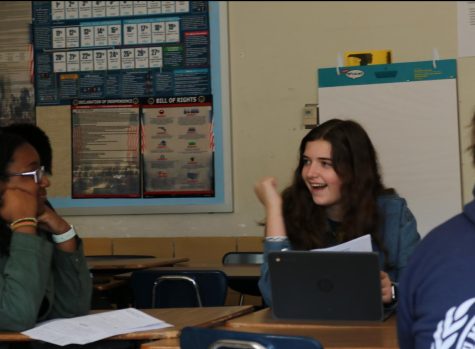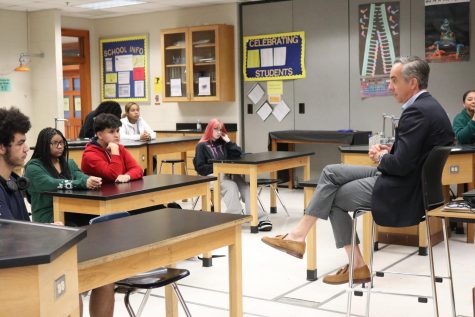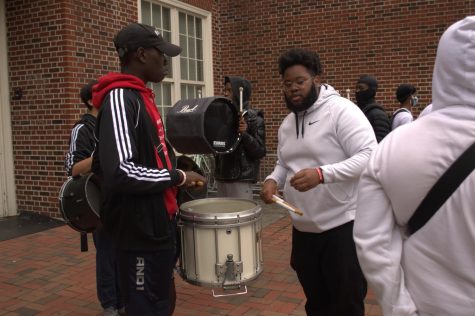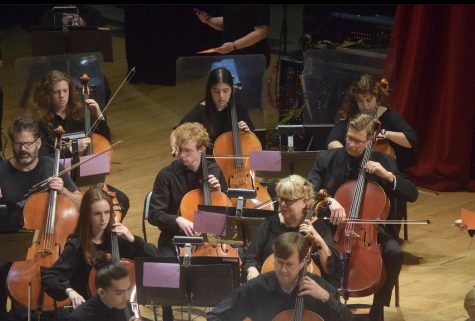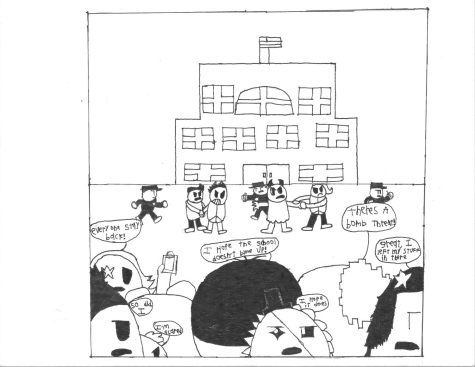Class and bureaucracy in Disney’s Coco
February 13, 2023
Four months have passed since Día de los Muertos in November, but while rewatching Coco (2017) in my Spanish class, I couldn’t help but notice something that’s been on my mind since.
(Warning: this article will, unsurprisingly, contain spoilers for Coco)
Featuring a moving soundtrack and beautiful animation, Coco is about family expectations, pursuing your passion, and loss. The film follows Miguel’s accidental entrance and journey through the Land of the Dead, meeting people with heartwarming stories and challenging his family’s total ban on playing and listening to music.
But why is there bureaucracy even in the afterlife?
When Miguel crosses the marigold bridge into the Land of the Dead, he’s greeted immediately by an immigration border checkpoint. There, he witnesses the film’s deuteragonist Héctor failing to pass the face detector that determines if his picture was found on an ofrenda, or offering, thus preventing him from crossing the bridge to visit the living.
I already found this pretty bizarre. Shouldn’t there be an omniscient deity or spirit that already knows about all of these people’s situations? Why is it necessary to have so many workers and machines do this?
Then, it gets worse. After Miguel meets up with his skeletal family, they are taken through the immigration hall and into the Bureau of Family Grievances office to get his situation sorted out. Skeletal employees are trying, to no avail, to placate the frantic and exasperated undead who couldn’t cross the marigold bridge that night.
Do the workers at these customs work in shifts? How are they getting to cross the bridge to see their family on Día de los Muertos? Do they get lunch breaks? Are there worker unions in the afterlife?
Fortunately, I stumbled upon a thread on r/ScienceFiction about this very topic. Redditor u/ArchenGold postulates that bureaucracy is actually used to ease dead souls into the afterlife, and the workers are simply there to reinforce the physical laws set in place by a higher being. This, I thought, was a pretty good interpretation.
Instead of allowing souls to attempt to cross the bridge and fail, inevitably leading to despair and confusion, they’re barred from even trying. The face detector serves not just as a scapegoat for their predicament but also as a remnant from their old lives that is easier to comprehend and can let them down more gently.
In an interview with Entertainment Weekly, Coco’s director Lee Unkrich shed some light on my wonderings. “Whatever your job was in life, that’s still your job in the afterlife—for better or worse.”
Based on this, the poor souls with 9-to-5 white-collar cubicle jobs are destined to work them forever. Bureaucracy, it seems, is inescapable even after death.
Another reflection of the living world in the Land of the Dead is in the ownership of private property and existence of socioeconomic divisions based on one’s legacy and feats from when they were alive. The slums, occupied by people without pictures on an ofrenda, are in significantly worse conditions than the skyscrapers above. Héctor and Chicharrón Coco reside in the gloomy and decrepit Shantytown, while Ernesto de la Cruz hosts an annual VIP-only party in his disgustingly extravagant mansion.
These have real-life (or should I say real-death?) consequences too. To remain alive in the Land of the Dead, the only qualification is to be remembered. Therefore, for those without pictures on an ofrenda, fame and fandom in the afterlife is of utmost importance. These values are reflected in the film’s main conflict, as Miguel discovers the lengths his supposed father, de la Cruz, is willing to go to in his chase for stardom.
Seeing as the Land of the Dead seems to reflect our present bureaucratic and divisive socioeconomic systems, I’m not surprised that the same issues we are afflicted with exist there too. In that case, I wonder about the possibility of an overthrow of the bourgeoisie.

